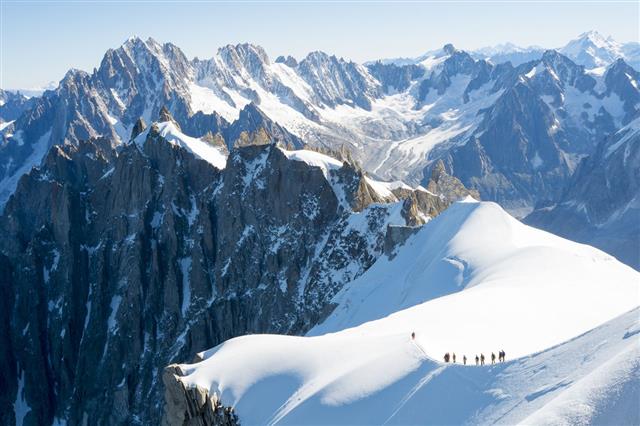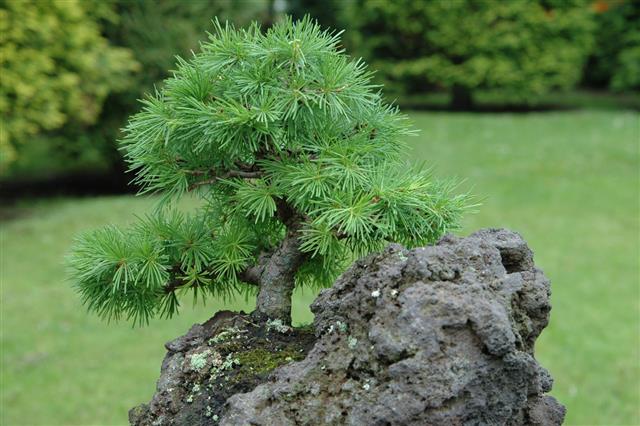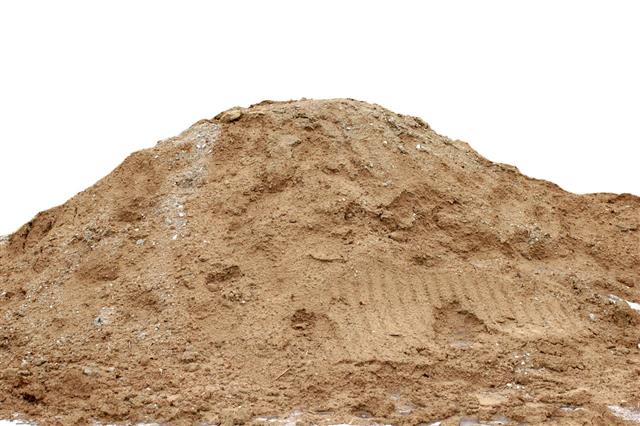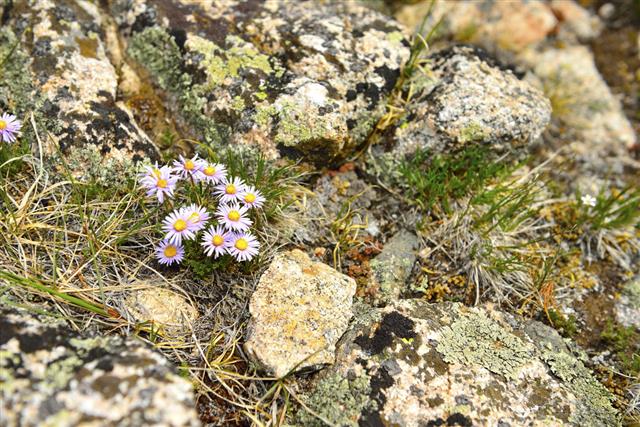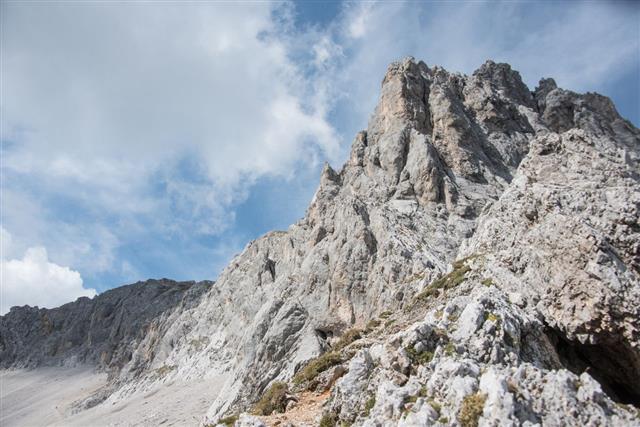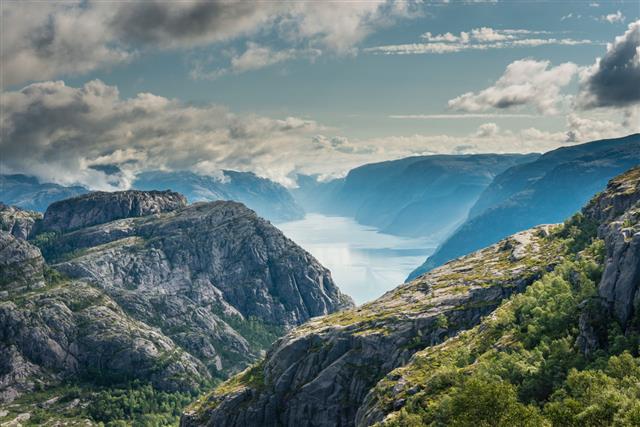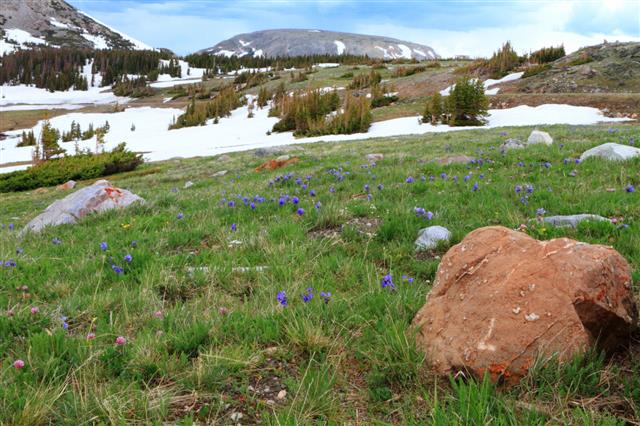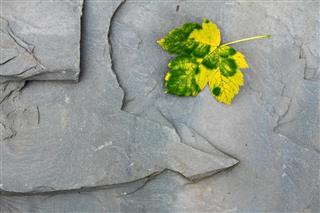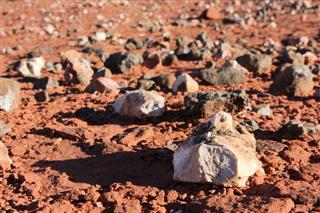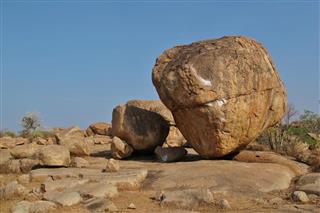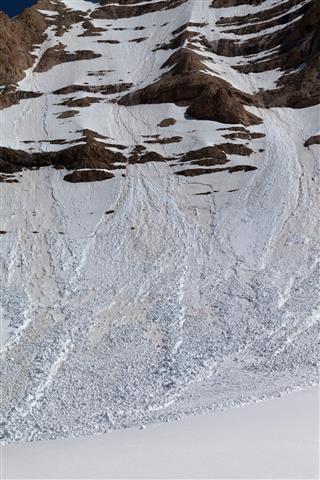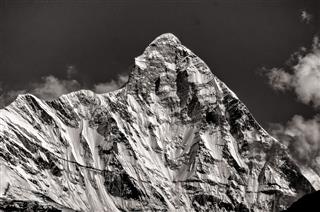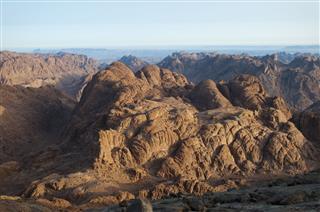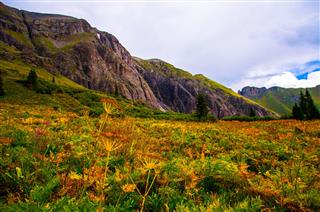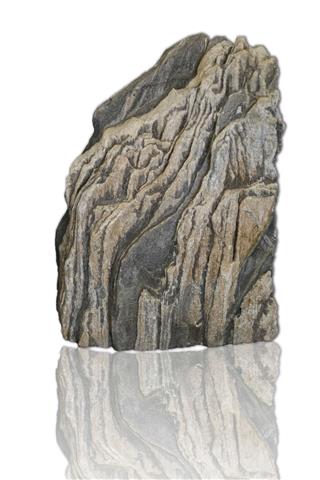
The rock cycle is a continuous and never-ending process. Transformation of rocks from one form to another due to external forces of pressure, temperature, rain, and wind are commonly seen even though they take many many years to actually occur. In this ScienceStruck article, we have explained the rock cycle in detail.
The diagram of a rock cycle represents the conversion of rocks that are found on the Earth’s surface from one form to another. These different kinds of rocks are intermittently connected to each other and follow this cycle on a regular basis, though each step takes hundreds of years to complete. There are primarily three types of rocks that are found on the surface of the Earth, and the diagram is a geological representation of the transition of these from one state to another.
External natural factors trigger the changes that the cycle undergoes, and when the state of equilibrium of a rock is broken, it is transformed into the other type. Before going into the details, first let us understand what exactly are rocks.
What are Rocks?
Simply put, rocks are just a collection of naturally occurring minerals in a solid state. The lithosphere, which is the outer layer of the surface of the Earth is made up entirely of rocks. Over a period of time, the minerals and sediments gather together and form a cohesive solid object that differs in shape, size, and texture from area to area. So, what you see and feel as a solid rock today, was just a bunch of free floating particles many years in the past that have come together now and bound themselves in a state of temporary equilibrium. The study of all these is known as geology.
Types of Rocks
There are primarily three types of rocks that are found, and any other forms or types are mere derivations of these three types. These are igneous, sedimentary, and metamorphic.
Igneous Rocks
Molten rock, which are burning or hot, upon cooling turn solid that are known as igneous rocks. They are commonly found near volcanoes.
Sedimentary Rocks
These are formed by the coming together of sediments from various sources. They are commonly found on beaches and next to rivers or any other water body.
Metamorphic Rocks
When a change occurs in a rock’s constituents and shape due to forces of high temperature or high pressure, they metamorphose themselves and are thus, known as metamorphic rocks.
Simple Diagram of a Rock Cycle
The cycle is initiated by external forces like temperature and pressure. These cause the rocks to change their properties and alter their physical appearances and chemical constituents. Due to the movements that occur under the crust of the Earth, rocks are constantly being bombarded by a variety of forces that are beyond anyone’s control and monitoring. Sooner or later, these forces induce a change in the rock, and a new state of equilibrium is settled on. This is the primary reason behind the drastic changes that are seen in the diagram of rock cycle. Of course, these changes don’t occur instantly, and they take many many years in order to have a lasting effect. A huge earthquake though, can instantly alter many things about rocks. Here are the stages of the cycle. Any of the three kinds of rocks can alter into any other kind.
Magma
Magma is just molten rock that can be found below or above the surface of the Earth. When this molten form cools down, it always forms igneous rocks. Everyone has heard of the term lava; this is nothing but molten rock. Alternately, when igneous form or metamorphic form melt due to high temperatures, they become magma. This cycle goes on endlessly.
Sediments
Sediments are small particles of any naturally occurring substance. When these small particles combine with each other over time, they start taking a fixed shape and form a hard substance. This is always known as a sedimentary rock. On the other hand, when any of the three kinds of rocks, igneous, sedimentary, and metamorphic, break up due to erosion and weathering, they decompose into sediments. Thus, sediments are always combining with each other or detaching themselves from each other.
Metamorphic Rock
Since metamorphic rocks are caused by any change in heat and pressure, sedimentary and igneous rocks alter themselves into this form due to these external factors of excess heat or pressure or both. This is a cycle that is continuously taking place.
The surface of the Earth has a very volatile environment, and there are a number of forces and natural factors that are constantly in play. These forces are the catalysts for the formation of different types of rocks. Every rock is almost millions of years old, and has undergone many, many changes before it has reached its current state. This current state also, will not last forever.

